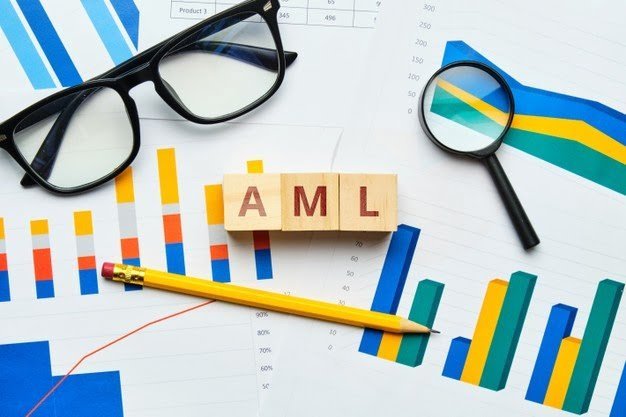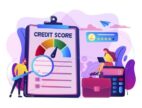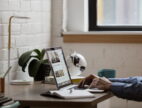An Introduction to The AML Compliance Journey
by Abdul Aziz Mondal Finance Published on: 13 January 2021 Last Updated on: 26 December 2024

If you’ve ever watched a mob movie, then you’ve likely heard the term “Money Laundering”, since it’s an act that’s always associated with illegal activities and is, in fact, a crime in itself. That’s why a lot of companies – mostly those that are financial, legal, or governmental in nature – implement certain safeguards that protect them from such activities. But before we delve deeper into what those are, we first have to understand what “Money Laundering” really is.
What is Money Laundering?

Money laundering is the method of taking funds that have been amassed through illegal means (also known as “dirty money”), then making it seem as though they were obtained legally. This is usually done by funneling it through legitimate commercial businesses that serve to make the money “clean”. In doing this, criminals can put their wealth back in the economy and cover their tracks since everything looks legal.
The Money Laundering Process
No matter which part of the world you live in, money laundering boils down to three steps:
Step 1: Placement
This involves taking all the “dirty money” and circulating it through legitimate organizations like banks and businesses.
Step 2: Layering
Here, the criminals attempt to hide the fact that the funds were obtained illegally so that authorities and financial entities can’t trace it back to them. They do this by breaking up the large sums of money into smaller transactions that are harder to keep track of. Let’s say there is $100,000 worth of dirty money. By splitting it into 50 individual transactions at $2,000 each, it’ll give the illusion that they are everyday transactions that have no connection to one another. That way authorities will have no reason to investigate.
Step 3: Integration
Finally, the funds make their way back into the economy as “clean money”, and can now be used by the criminals since it looks as though they were obtained legitimately.
What is Anti-Money Laundering?

Remember those safeguards we talked about earlier? Whether it be through policies, regulations, or forms of security technology, any action taken to prevent money laundering is known as “Anti-Money Laundering”. This includes the government criminalizing money laundering activities, new software constantly being developed to keep up with new forms of money laundering, and regulated businesses implementing different AML compliance programs to prevent and detect these types of criminal activities.
The AML Compliance Journey
In order to meet strict AML laws, businesses must have AML programs in place that meet all the major requirements, which include the following:
Conduct a Money Laundering Risk Assessment
Businesses have to set up initial and ongoing risk assessments based on their size and complexity while factoring in the specific risks involved depending on the nature of said business. This may include country, channel, environment, and customer risk.
Design the Anti-Money Laundering Program
The AML program should be designed and developed based on the results of the risk assessment, along with operational procedures that are in line with the AML Program.
Implement and Operationalise the Anti-Money Laundering Program
This involves the implementation of the various aspects of the AML program, such as “know you customer/employee” protocols, regularly scheduled AML Risk Awareness Training, real-time monitoring of all transactions, and timely reports of all the inner workings of the business.
Assess Design and Operational Effectiveness of Program
Comprehensive reviews of the different facets of the AML program should be conducted on a regular basis. If there are any lapses in compliance, they should be remedied immediately while simultaneously searching for opportunities to improve the program further.
Read Also:



































































































